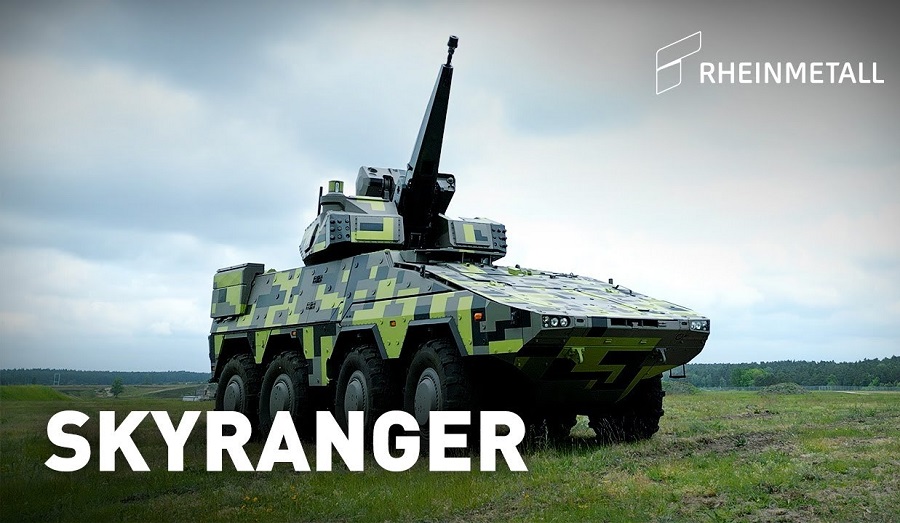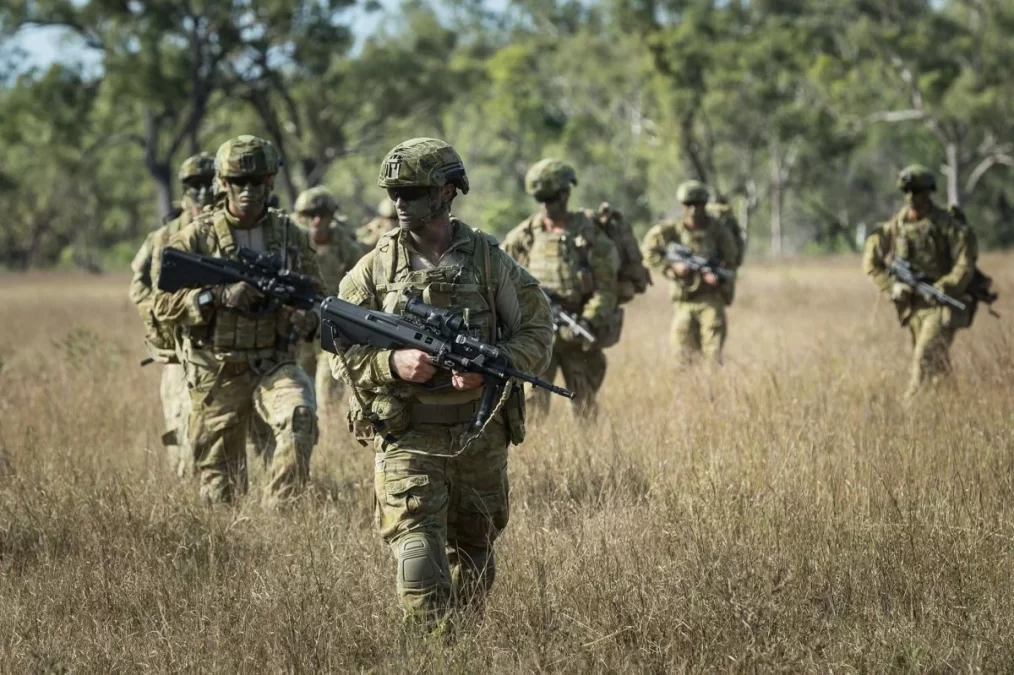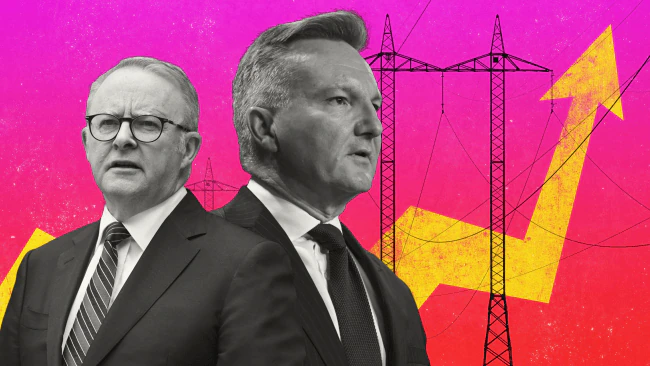The Krakow Post
Israel has launched an airstrike on a Damascus suburb, targeting what it claims was a headquarters for the Palestinian Islamic Jihad (PIJ). The attack, the first on the Syrian capital since Ahmed al-Sharaa took power last December, appears to be a strategic warning to the new Syrian leadership.
Israel has stated that the strike specifically targeted a PIJ facility, though the group has denied this, insisting the building was unoccupied at the time. The attack resulted in injuries to three civilians, with one man reported to be in serious condition.
This airstrike is part of a broader Israeli military strategy in Syria. Since Sharaa assumed control, Israel has intensified its operations, targeting Syrian military assets and strengthening its foothold in the southern part of the country. Reports suggest that Israeli forces have also been engaging with local Druze communities, offering aid and assurances of protection.
The political ramifications of this strike are significant. By hitting a target in Damascus, Israel is sending a direct message to Sharaa’s government and other regional players. Israeli Defence Minister Yoav Gallant has reinforced this stance, stating that any “terrorist activity” against Israel will be met with swift and decisive retaliation.
With tensions rising, the airstrike highlights the fragile and volatile situation in Syria and the broader Middle East. It remains to be seen how Sharaa’s administration will respond and whether this marks the beginning of a new phase in the ongoing regional conflict.









